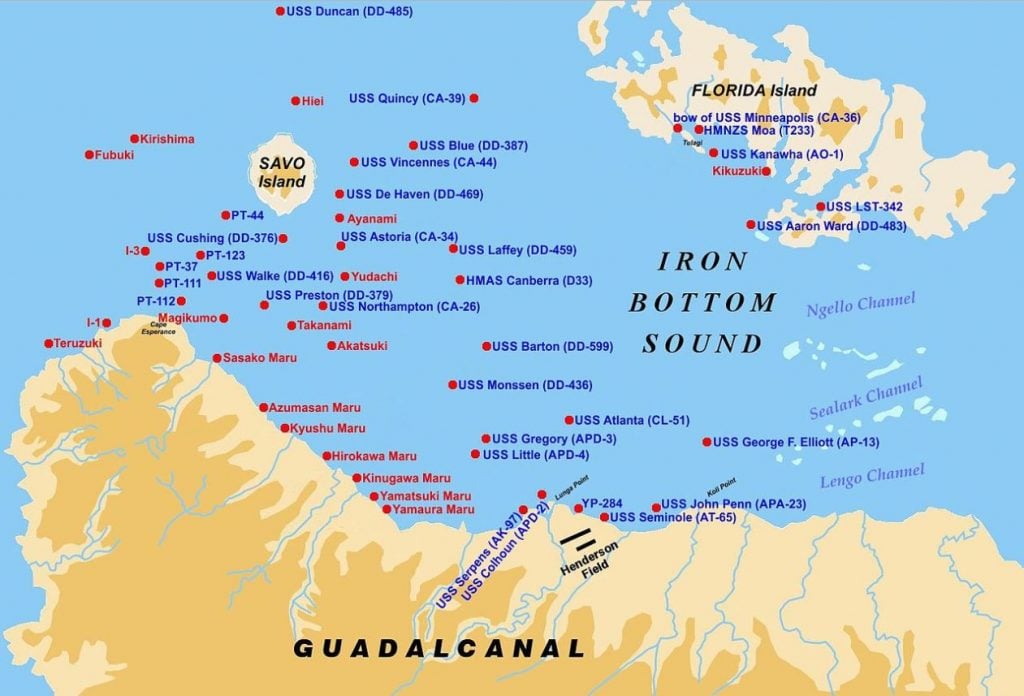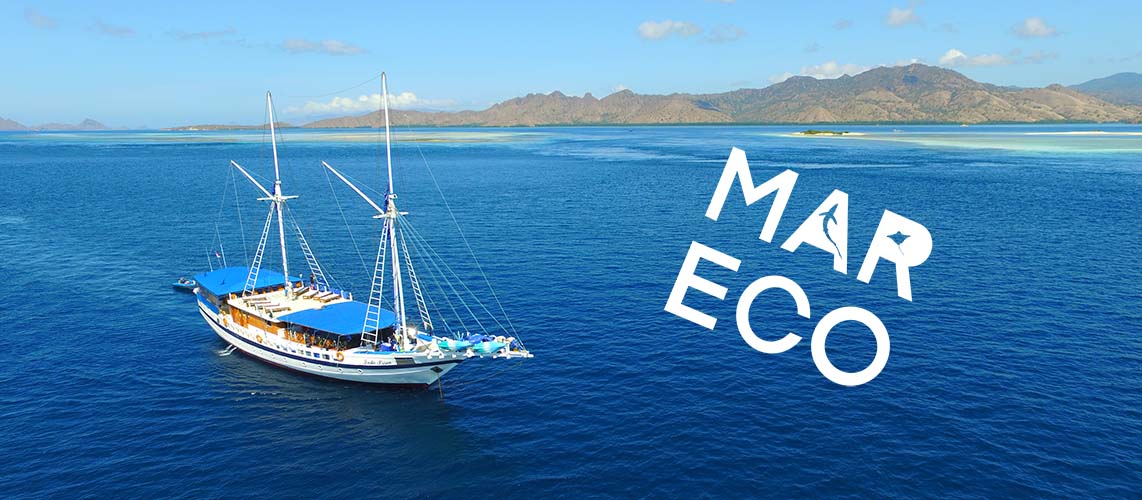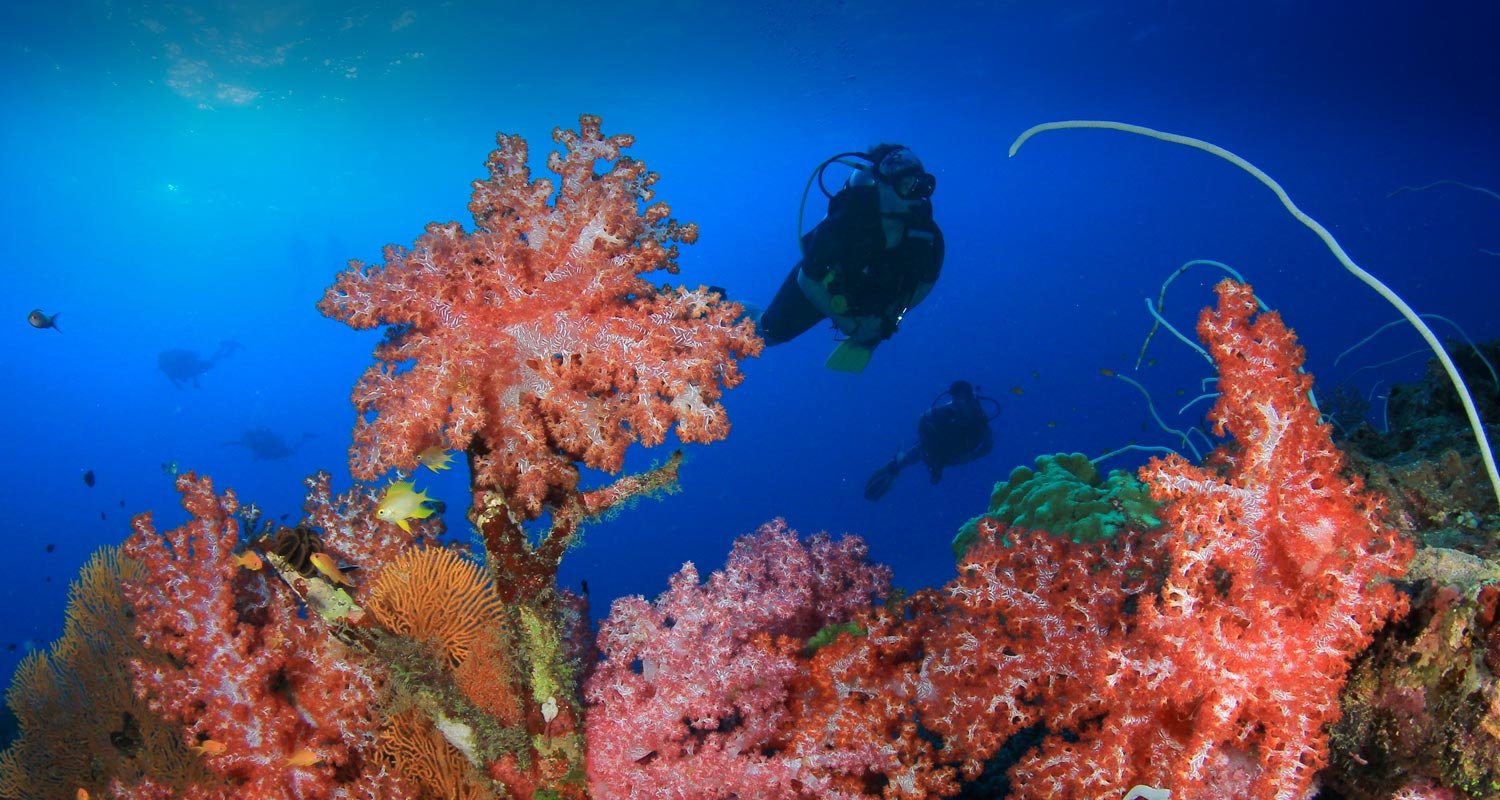We do not hear so much in the diving press about diving in the Solomons. But that is forgetting that the islands can compete for the title for best wreck diving spot on the planet. The reason? The Guadalcanal campaign which gave us most of the Solomons wrecks you can see today! The famous Iron Bottom Sound features as many WWII wrecks as you can find in Truk Lagoon. Some people are claiming even more, and we believe them. So it’s time for us to dust the school books down and go through that chapter of history.
Japan’s Pacific domination
Following the Pearl Harbor attack (December 7, 1941), the Japanese Imperial Navy occupied scores of islands throughout the Western Pacific Ocean. This occupation covered the Philippines, Thailand, Burma, Malaysia, the Marianas, the Dutch East Indies, Singapore, the Carolinas, Micronesia, the Marshall Islands, New Britain in Papua New Guinea, and the Solomons. It was a massive territory and Japan’s stronghold in the Pacific was total.
Japan’s territory expansion was mainly strategic. They wanted to create a defense against the Allies’ attacks and at the same time secure their mastery over East Asia and the Pacific. The aim was ultimately to take over Australia and the US west coast.
The Allied forces were seeing the advance and decided to retaliate. This accelerated after the Pearl Harbor attack with the US joining the coalition.

Halting the Japanese
After the United States’ strategic victories during the Battles of the Coral Sea (May 4-8, 1942) and Midway (June 4-7, 1942), the expansion of the Japanese Empire stopped. This was mainly due to the loss of 4 aircraft carriers. The Japanese Imperial Navy was no longer capable of major offensive campaigns. The Allies could now start their own offensive in the Pacific.
They chose the Solomons as the starting point to take back the Pacific. The Japanese had established bases in Tulagi and were starting to build massive bases around Guadalcanal. Had they succeeded, the Japanese would have threatened the sea lines of communication from the West Coast of the Americas to the populous East Coast of Australia. It would also have facilitated further expansion in the Pacific.
The Solomons also represented the farthest reach of Japanese territorial control in the Pacific, and would be the first of many islands the Allied Forces would retake in a brutal three-year island-hopping campaign to battle and defeat Japan.

Operation Watchtower
The Allied forces decided to put a plan together to invade the Southern Solomons… Operation Watchtower, although history does not remember this name very often. We all know it as the Guadalcanal campaign. The soldiers who went through it remember it as “Operation Shoestring”. Because of the need to get them into battle quickly, the operation planners had reduced their supplies from 90 days to only 60.
The battle started on 7th August 1942 and lasted until 9th February 1943.

The Guadalcanal Campaign (August 7, 1942- February, 9, 1943)
The Guadalcanal Campaign (Operation Watchtower) is also known as the Battle of Guadalcanal. It lasted six months and consisted of a number of major battles between two Titans on land, at sea, and in the air.
Allied forces first landed on Guadalcanal, Tulagi, and Florida on the morning of August 7, 1942. After some fierce fighting during the following 2 days, the Marines cleared Tulagi and Florida. The main forces on Guadalcanal met little resistance on their way in land to secure the airfield at Lunga Point (Henderson Field).
However, almost immediately, Japanese naval aircraft attacked Allied transport and escort ships. The Japanese also immediately sent reinforcements to the area. Over the following days, the first of many deadly naval battles occurred— the Battle of Savo Island. Sadly a lot more deadly battles followed.
The fight for control of Henderson Field and the seas around them continued for months, with both sides continuing to lose men, ships, and aircraft; but with no clear winner. Eventually, the Allied forces gained the upper hand and by February 1943, the Japanese withdrew their final men and surrendered the island to the Allies.
The Aftermath
Even though the Battles of the Coral Sea and Midway were considered crucial, it was in Guadalcanal where the Japanese war machine was definitively stopped. After Guadalcanal, there were no more Japanese advances in the Pacific.
Over the next two and a half years, the U.S. moved slowly closer to Japan. Growing superiority at sea and in the air, as well as in the number of fighting men, gave the U.S. increasing advantages. Nonetheless, wherever U.S. forces met Japanese defenders, the enemy fought long and hard before being defeated, for instance in Truk and Palau.

Unique
The Guadalcanal Campaign can be considered as unique for various reasons:
- Both US and Japanese forces fought at the far end of their supply limits.
- It was one of the longest battles in the Pacific campaign. Six months of savage and fierce fighting where the resistance of both sides was tested.
- The losses of ships during the Guadalcanal campaign were such that the waters of the north coast of the island are now known under the nickname “Iron Bottom Sound”. You can now find most of Solomons wrecks. The Allies approximately lost 29 ships and 615 aircrafts whilst the Japanese lost 38 ships and 683 aircraft.

Now that you have brushed up on the history, we are sure you can understand the importance the Guadalcanal campaign had to the amount of wrecks you can see in the Solomons. If you would like to explore these shipwrecks, come on board the Solomons Master! We have some great itineraries that either only focus on the Iron Bottom Sound or mix them with the rest of the Solomons reefs and caverns! Contact us for further information!



